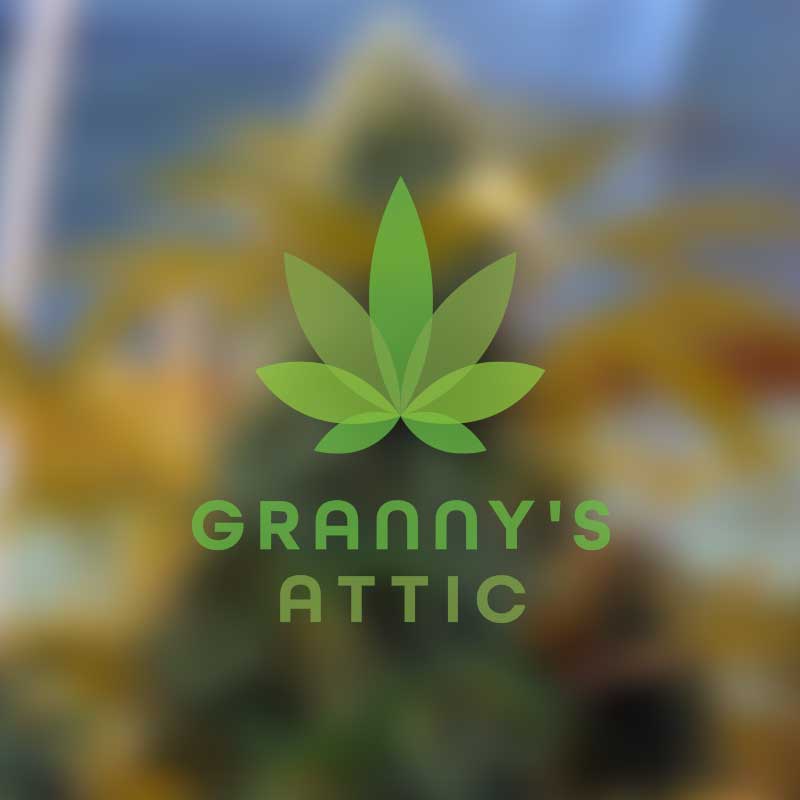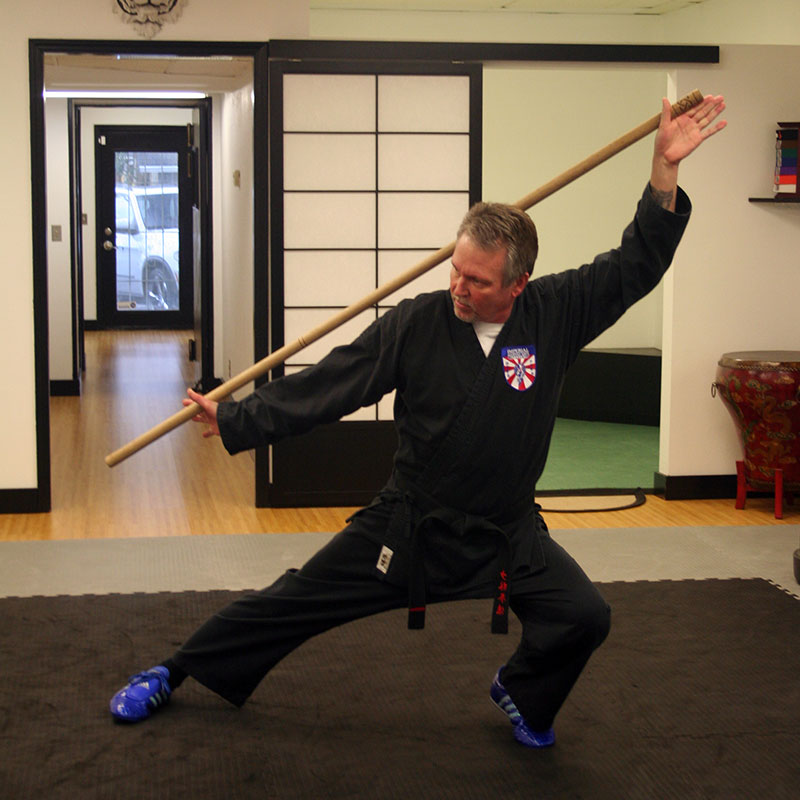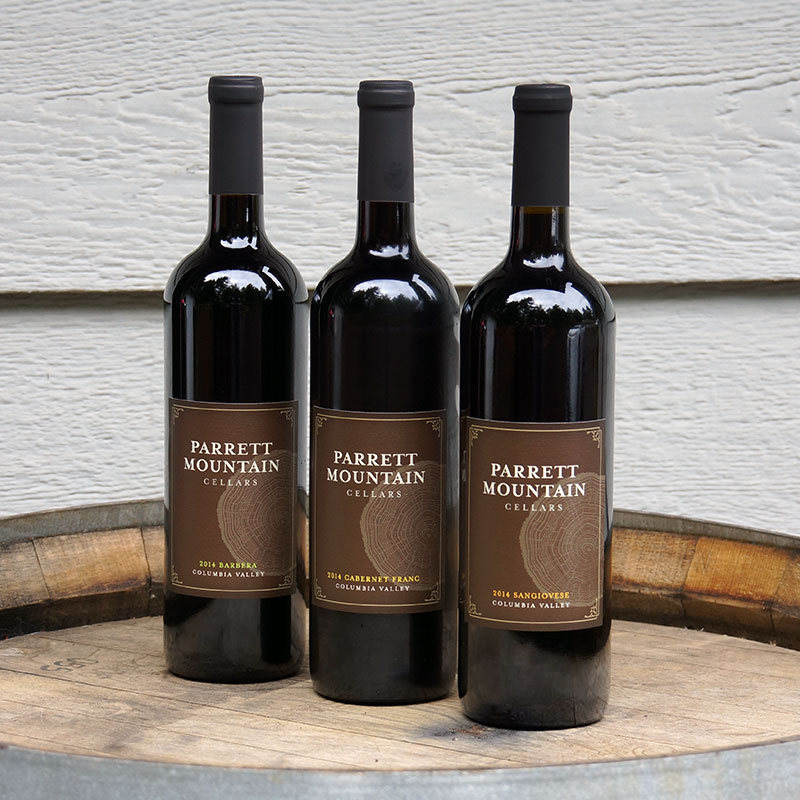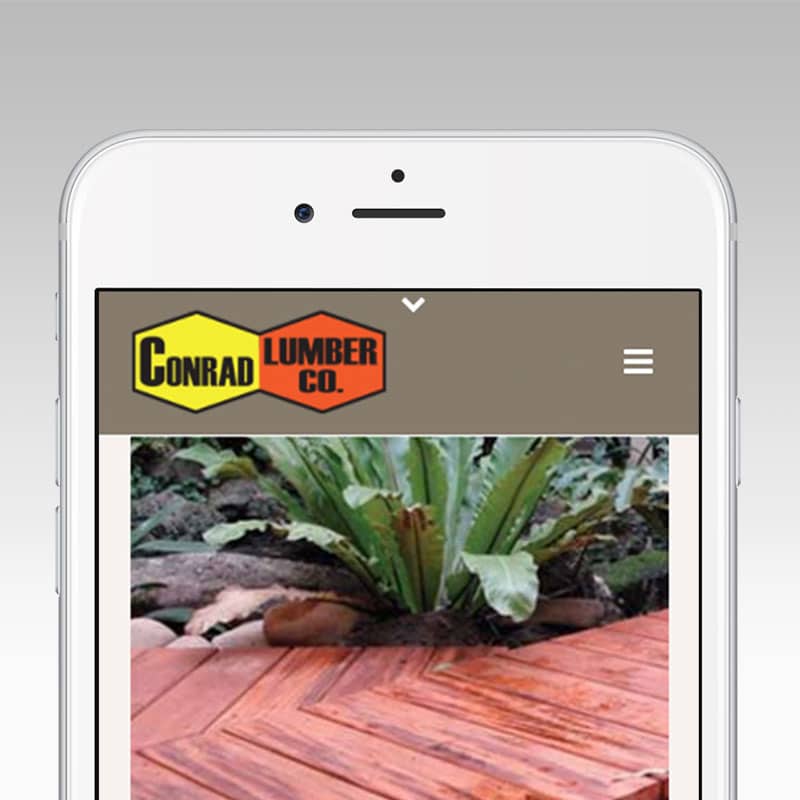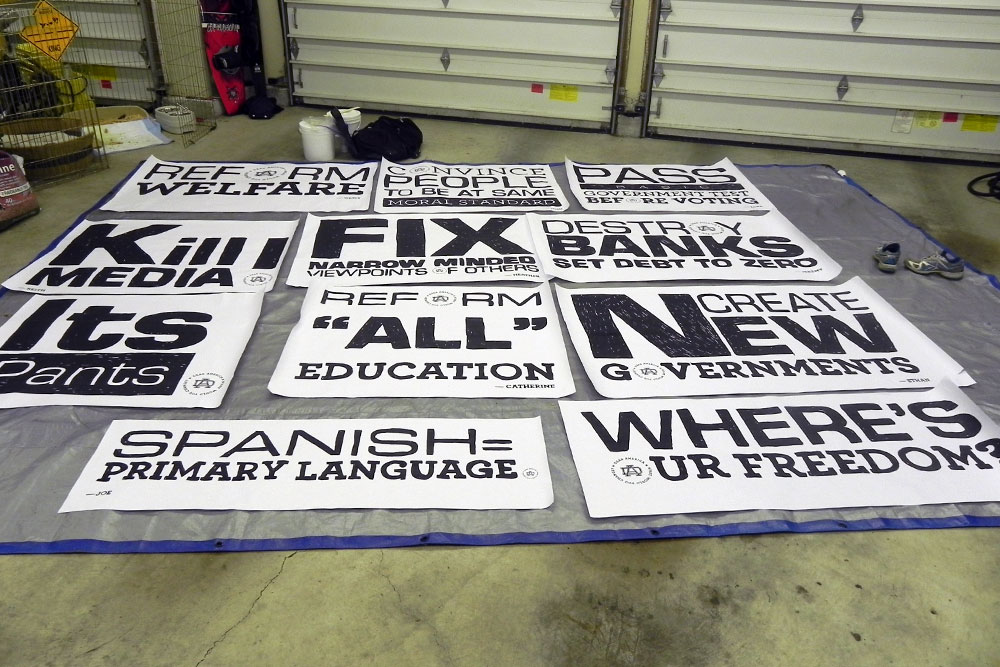Dorsing Construction
We helped transform a family-owned construction company into a brand as solid and dependable as the structures they build. The foundation? A modular logo system inspired by their initials—designed to be as flexible and functional as the company itself.
Strategy
- Visual Identity
- Brand Collateral
Dorsing Construction
We helped transform a family-owned construction company into a brand as solid and dependable as the structures they build. The foundation? A modular logo system inspired by their initials—designed to be as flexible and functional as the company itself.
Strategy
- Visual Identity
- Brand Collateral

Constructing the Brand Mark
Remember the childhood joy of building block towers? Now imagine turning that feeling into the foundation of a brand identity. That’s exactly what we did for Dorsing Construction, a local builder with big dreams.
Ditching the typical blueprint clichés, we embraced their creative spirit and designed a lowercase, geometric monogram, a tribute to squares and quarter circles. Look closer, and you’ll find a subtle “d” and “c” tucked inside, a clever nod to their family legacy.
This isn’t just a logo, it’s a building block for their future. Modular, bold, and ready to stack into any project with confidence and charm.
Constructing the Brand Mark
Remember the childhood joy of building block towers? Now imagine turning that feeling into the foundation of a brand identity. That’s exactly what we did for Dorsing Construction, a local builder with big dreams.
Ditching the typical blueprint clichés, we embraced their creative spirit and designed a lowercase, geometric monogram, a tribute to squares and quarter circles. Look closer, and you’ll find a subtle “d” and “c” tucked inside, a clever nod to their family legacy.
This isn’t just a logo, it’s a building block for their future. Modular, bold, and ready to stack into any project with confidence and charm.





